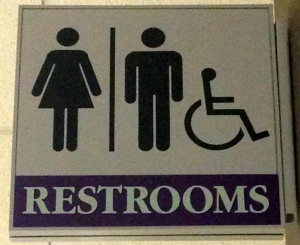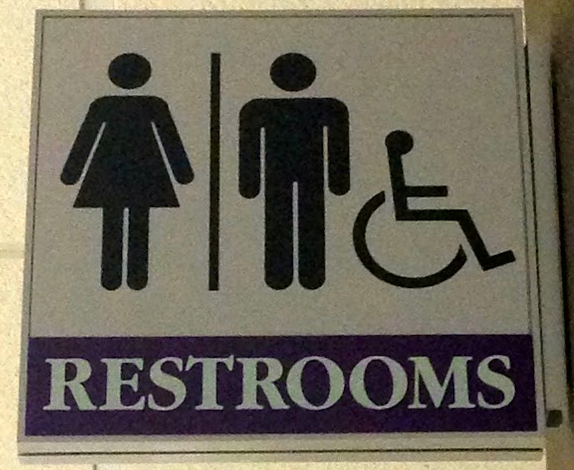The Minneapolis City Council recently ruled unanimously in favor of giving bars and restaurants an opportunity to provide gender-neutral restrooms.
According to the city council’s official proceedings on Sept. 19, the requirement that bars and restaurants provide separate restrooms for each gender has been eliminated. Theology professor Cara Anthony, a steering committee member of St. Thomas’ faculty Allies group – which promotes education, awareness and resources for sexual identity and orientation – said gender-neutral bathrooms have also been discussed on campus.

“It is one of the things we have spoken of that we think would make this campus more welcoming to everyone,” Anthony said.
Anthony said she knew of no gender-neutral bathrooms currently on campus. She also was not aware if gender-neutral bathrooms were a specific goal for this year’s Allies group.
The Minnesota State High School League is also debating a policy regarding transgender students and their participation in athletics. The league’s guiding principles provide that “all students have access and opportunities to participate in athletics without discrimination based on … gender, sexual orientation, gender identity, gender expression.”
One section of the league’s policy addresses locker room and bathroom use and says “transgender students should not be required to use separate facilities.”
According to Anthony, transgender students on campus have been harassed verbally and approached physically, adding that transgender people tend to experience a lack of safety. One of the main goals of Allies is to make the transgender community known and to have it viewed in a more positive light, Anthony said.
“The main thing that (Allies has) done so far is do some education training and awareness, and we need to do more,” Anthony said.
Anthony said Allies is also working with the Human Resources department to offer training. These courses are designed to inform and create awareness and to get faculty and staff engaging in constructive action around campus. Some of these courses include “Allyship 101: Developing an Awareness” and “Transgender 101.”
She added that increased visibility and awareness on campus are essential to welcoming the transgender community. By making it clear that the campus is an accepting space, Anthony said both potential students and current students would feel safer. She also believed that gender-neutral bathrooms would aid this effort.
“In the wide world of universities in the United States, we are neither the least advanced on these issues nor the most,” Anthony said.
However, a study at Brandeis University found that in comparison to other institutions, the bathroom change has gained the most traction on college campuses nationwide.
Junior Becca Hager said she did not know a lot about the transgender issues or the bathrooms but believes that if it is an issue, it should be combated.
“It’s not my business to have an opinion on someone. It’s their life,” Hager said.
Anthony said gender-neutral bathrooms are a topic now but were not a societal concern in the past.
“It’s not a new topic, but I would say that it probably wasn’t on the radar screen five years ago,” Anthony said.
Lauren Smith can be reached at smit7607@stthomas.edu.




There is a gender-neutral bathroom on the third floor of the Summit Classroom Building. But the building isn’t even wheelchair accessible, which is a problem in itself.